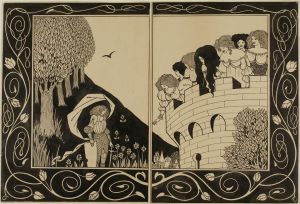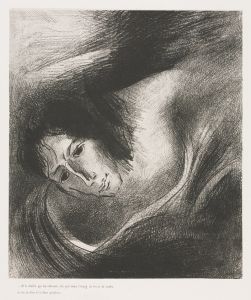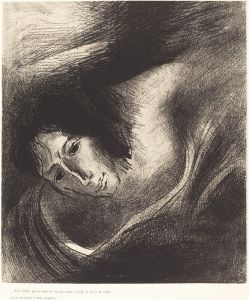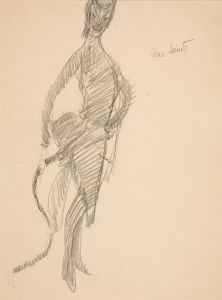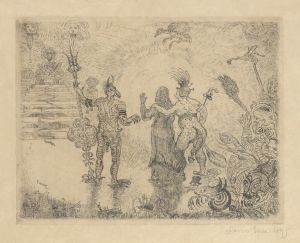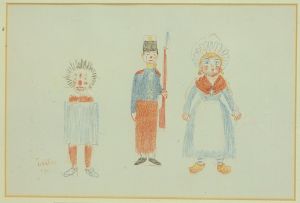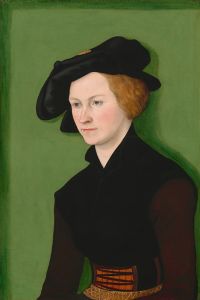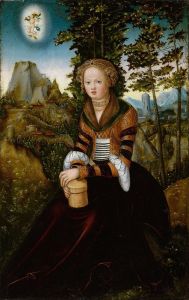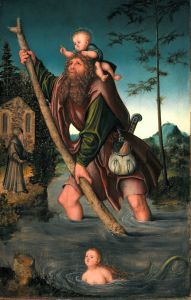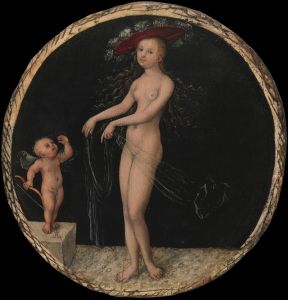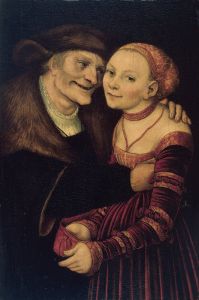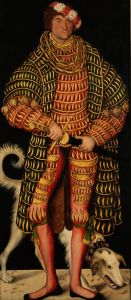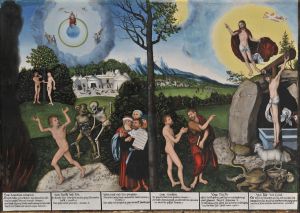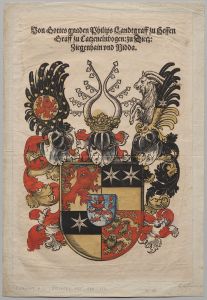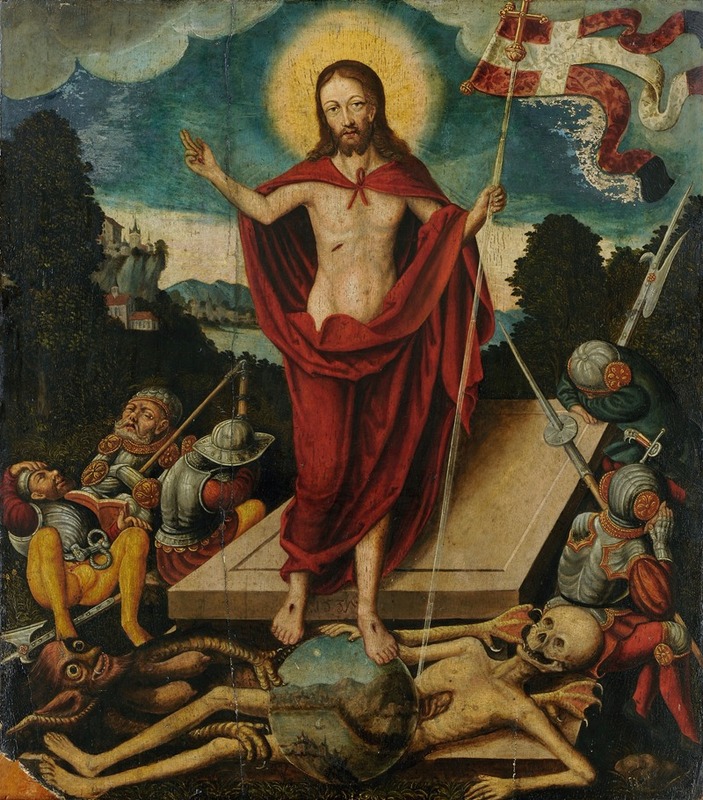
Resurrection Of Christ And The Triumph Over Death And Devil
A hand-painted replica of Lucas Cranach the Elder’s masterpiece Resurrection Of Christ And The Triumph Over Death And Devil, meticulously crafted by professional artists to capture the true essence of the original. Each piece is created with museum-quality canvas and rare mineral pigments, carefully painted by experienced artists with delicate brushstrokes and rich, layered colors to perfectly recreate the texture of the original artwork. Unlike machine-printed reproductions, this hand-painted version brings the painting to life, infused with the artist’s emotions and skill in every stroke. Whether for personal collection or home decoration, it instantly elevates the artistic atmosphere of any space.
Lucas Cranach the Elder, a prominent German Renaissance painter, created the artwork "Resurrection of Christ and the Triumph Over Death and Devil" around 1530. Cranach was known for his close association with Martin Luther and the Protestant Reformation, and his works often reflect the religious and cultural shifts of his time. This painting is a vivid depiction of the resurrection of Jesus Christ, a central event in Christian theology symbolizing victory over sin, death, and evil.
The painting captures the moment of Christ's resurrection, a theme Cranach explored in various works. In this particular piece, Christ is portrayed triumphantly emerging from the tomb, a common motif in Christian art that signifies hope and redemption. His figure is often depicted with a serene and powerful demeanor, emphasizing his divine nature and the miraculous aspect of the resurrection. Cranach's depiction aligns with the theological views of the Reformation, highlighting the importance of faith and the direct relationship between believers and the divine.
In the composition, Christ is shown holding a victory banner, a symbol of his triumph over death and the devil. This imagery is consistent with the iconography of the time, where Christ is often portrayed as a victorious figure, overcoming the forces of evil. The devil, a representation of sin and temptation, is depicted as being defeated, reinforcing the message of Christ's power and the promise of salvation for believers.
Cranach's style is characterized by its attention to detail and vibrant use of color, which can be seen in this painting. His ability to convey complex theological ideas through visual art made him a significant figure in the Northern Renaissance. The painting reflects the influence of both Gothic and Renaissance styles, with a focus on realism and emotional expression.
The artwork is also notable for its intricate composition and the use of symbolism. The figures are carefully arranged to guide the viewer's eye towards the central figure of Christ, emphasizing his importance in the narrative. The use of light and shadow adds depth to the scene, enhancing the dramatic impact of the resurrection event.
Cranach's work was instrumental in the spread of Reformation ideas, as his paintings were widely circulated and accessible to a broad audience. His collaboration with Martin Luther and other reformers helped to disseminate Protestant theology through visual means, making complex religious concepts more understandable to the general public.
"Resurrection of Christ and the Triumph Over Death and Devil" is a testament to Cranach's skill as an artist and his ability to convey profound religious messages through his work. The painting remains an important example of Reformation art, illustrating the intersection of faith, art, and cultural change during a pivotal period in European history.





